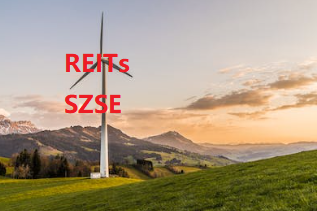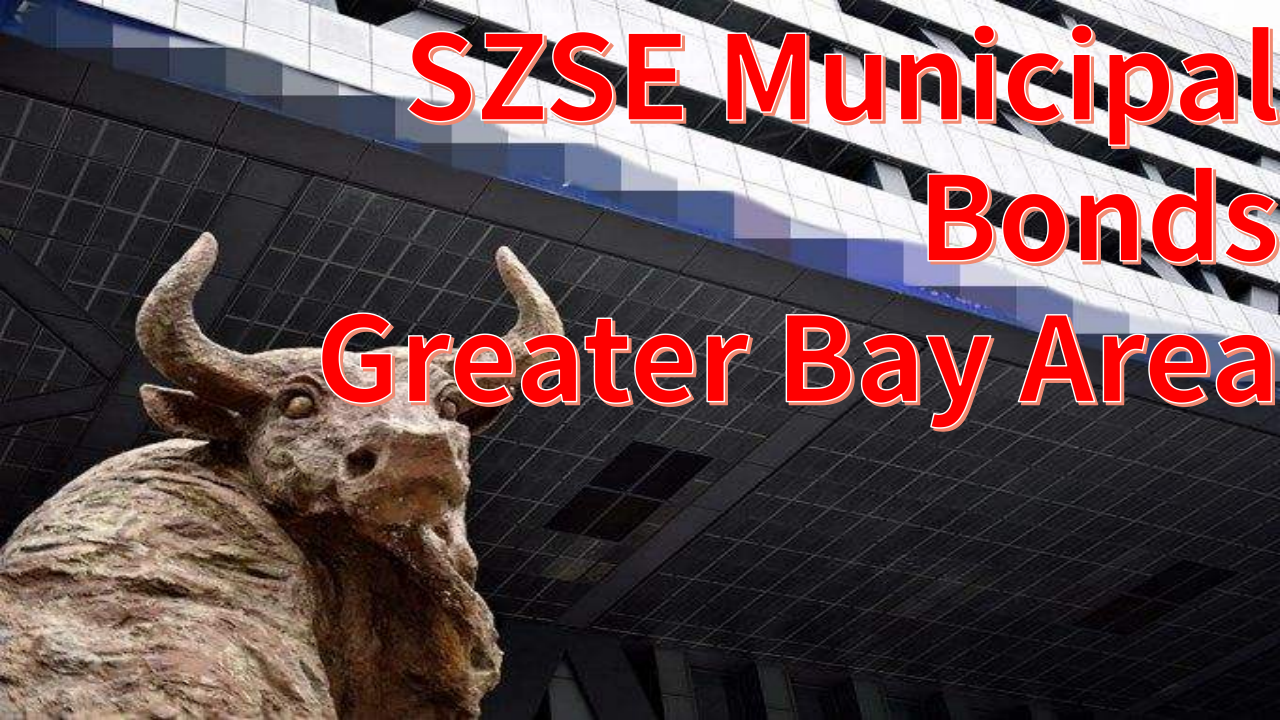SZSE Releases ESG Ratings Methodology
The CNI ESG Ratings Methodology aims to provide ESG rating tools that are suitable for the Chinese market. Under the three dimensions of environment, corporate social responsibilities and corporate governance, the methodology involves 15 topics, 32 fields and more than 200 indices that can fully reflect the sustainable development practices and achievements of listed companies. It has provided a solid foundation for SZSE to further promote the development and innovation of ESG indices and index products. The methodology adopts the principle of “adapting to local conditions, using international practices for reference, being characteristic and distinct, and making improvement dynamically” and focuses on national strategic goals such as carbon neutrality and carbon peak, innovation-driven development, rural revitalization, and common prosperity. By combining international ESG rating practices with SZSI’s long-term research experiences, the methodology has formed a characteristic index system. The data of the indices cover all A-share companies, the index ratings are based on objective rules and public information, and the rating results are updated quarterly. The latest results show that A-share companies’ ESG performance remains sound, and tail companies’ ESG performance has improved significantly, reflecting remarkable achievements made by the Chinese capital market in serving sustainable development.
The ESG indices are positioned on ESG investment performance. Shenzhen Component ESG Index (Shenzhen Component ESG), ChiNext ESG Index (ChiNext ESG), and Shenzhen 100 ESG Index (100 ESG) use Shenzhen Component Index, ChiNext Index and Shenzhen 100 as their parent indices. In selecting the constituent stocks of the indices, sample stocks are first ranked from top to bottom by CNI primary industries and CNI ESG ratings; then the stocks ranked in the last 20% places in their respective industries are removed, and the remaining stocks are the constituent stocks of the indices.
The ESG leading indices are positioned on quality ESG investment targets and highlight the earnings of ESG factors. In selecting the constituent stocks for Shenzhen Component ESG Leading Index (Shenzhen Component ESG Leading), ChiNext ESG Leading Index (ChiNext ESG Leading), and Shenzhen 100 ESG Leading Index (100 ESG Leading), corresponding core index sample stocks are first ranked from top to bottom by ESG ratings. Then, for Shenzhen Component ESG Leading, the top 200 stocks are selected as its constituent stocks; and for ChiNext ESG Leading and 100 ESG Leading, top 50 stocks are selected respectively.
According to estimation, from the base date 29 June 2018 to 30 June 2022, the annualized returns of Shenzhen Component ESG, ChiNext ESG and 100 ESG are 9.4%, 17.0% and 11.7% respectively. Their operating characteristics were consistent with their parent indices. All their daily return correlation coefficients were over 0.99, indicating a slight advantage in return. The annualized returns of Shenzhen Component ESG Leading, ChiNext ESG Leading and 100 ESG Leading are 9.8%, 17.5% and 14.0% respectively, showing much better performance than their parent indices with annualized excess returns reaching 1.5%, 2.5% and 2.5% respectively.
With the deepening of the “carbon neutrality and carbon peak” strategy, ESG investment in China is increasing rapidly, the concept of ESG investment is becoming more popular among the people, and the ESG investment ecosystem is improving daily. Next, SZSE will continue to follow CSRC’s plans and requirements and fully apply the new development philosophy in the right way, and in all fields of endeavor. Besides, it will push for improvement in rules and regulations concerning sustainable finance, build a low-carbon and sustainable investment and financing product allocation platform, and meet diversified allocation needs of medium- and long-term capital. It will also give full play to the function of the exchange in organizing the market, expand the application of ESG rating results, and guide financial resources to concentrate in low-carbon fields, so as to build a sustainable exchange and contribute to high-quality economic development.




















































First, please LoginComment After ~